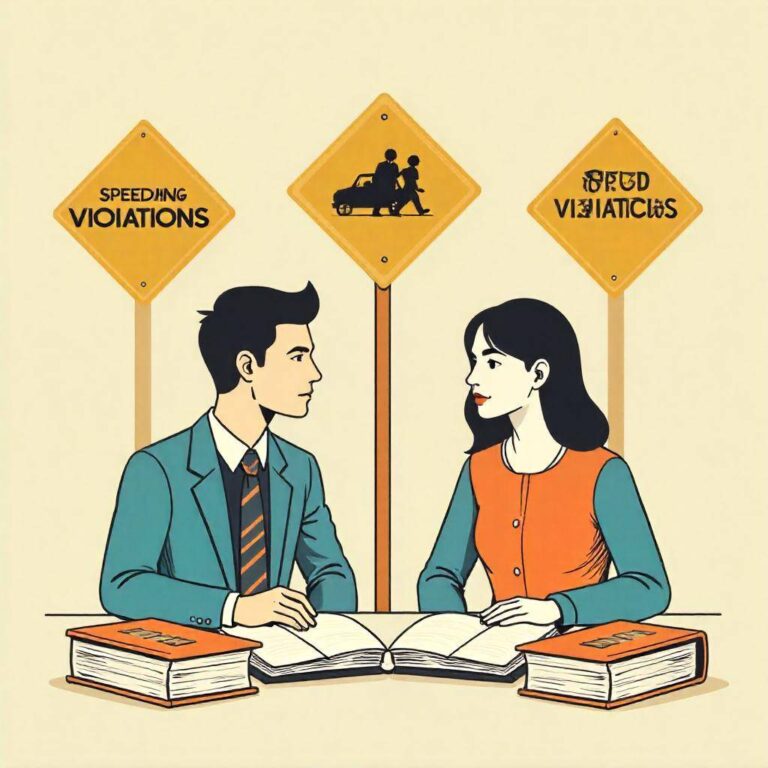Question from a reader:
Is there a difference between crime and illegality? Also, I would like to know which category speeding violations fall into.
Considering the Difference Between Crime and Illegality
Hello! Today, I would like to talk about a somewhat difficult theme: “crime” and “illegality.” This question is surprisingly relevant to us, who may not be well-versed in law. Especially when
we think about “speeding violations,” which we often encounter in our daily lives, it becomes even more pertinent.
What is a Crime?
First, let’s consider the term “crime.” Generally, a crime refers to acts that are prohibited by law. This includes serious crimes such as theft and murder, as well as minor violations. Since it is defined by law, the specifics can vary depending on the country or region. The term “criminal,” which we often hear, can carry various prejudices. For example, in TV dramas and movies, characters who commit serious crimes are often depicted. However, in reality, more everyday actions can also be treated as “crimes.”
What is Illegality?
Next, let’s look at the term “illegality.” “Illegality” refers to acts that are against the law in general. Therefore, not all illegal acts are necessarily considered “crimes.” For instance, camping in a public place without permission is illegal, but it may not always be regarded as a crime. On the other hand, speeding violations clearly involve breaking legally established speed limits, so they can be classified as both “illegal” and “criminal.”
Which Category Does Speeding Violation Fall Into?
Now, regarding the speeding violation that the questioner is concerned about, it is undoubtedly “illegal” and can also be considered a “crime.” In Japan, according to the Road Traffic Act, driving over the designated speed limit is illegal and is subject to enforcement as a traffic violation. For example, let’s say I was in a hurry one day to drop off my child. If I ended up driving faster than usual and got caught for speeding, my actions would be illegal because they violate the law, resulting in fines or points on my license. This is the aspect of “crime” related to “speeding violations.”
The Gray Area of Law
However, what’s interesting here is the gray area of the law. For instance, when discussing with a friend, “Will I get caught if I drive at 100 km/h?” the boundary of speeding violations can feel ambiguous. In reality, the strictness of enforcement can vary depending on the police officer and the circumstances, often leading to this gray area. Let me share my own experience. Once, when I went for a drive with friends, I ended up speeding. Fortunately, I wasn’t caught, but at that moment, I realized, “Law really depends on human mood.”
The Meaning of Law
Laws exist to regulate our behavior, but sometimes that can be challenging. For example, laws are established because speeding can pose risks to oneself and others. This is necessary to protect public safety. However, treating speeding violations as “crimes” also changes our awareness. By realizing that we have broken the law, we might become more careful when driving next time. I think this is a good example of how laws influence our behavior.
Conclusion
So, this time, we talked about the differences between “crime” and “illegality,” as well as speeding violations. To summarize briefly, “crime” refers to acts prohibited by law, while “illegality” refers to acts against the law. Additionally, speeding violations fall into both categories. Laws constantly influence our lives. From small everyday actions to intentional disregard for the law, adhering to laws allows society to function smoothly. Moving forward, I want to act cautiously and live with an awareness of the law! Thank you for reading until the end. If you have any other questions, feel free to leave a comment!


